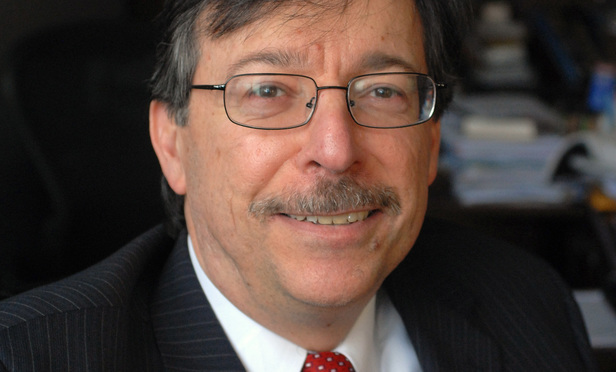Revelations that the Department of Justice (DOJ) in mid-March with the help of an undisclosed tech company discovered an access vulnerability and new method to unlock the Apple iPhone 5C used by one of the San Bernardino terrorists only delays the day of reckoning with respect to the significant security and privacy issues raised by the Apple litigation. The litigation has disclosed that nationwide there have been over 70 cases involving the issue of unlocking an Apple iPhone passcode with 12 cases in active litigation mode involving the same issue, with various phone versions. Accordingly, the proverbial 800 pound gorilla in the courtroom is still there—the issue of whether the All Writs Act (AWA) of 1789, 28 U.S.C. §1651(a), may be used by the government to compel Apple to unlock an iPhone passcode by creating a program or so called “backdoor” for law enforcement access to it to obtain needed evidence of a crime on the phone. The complexity of the issues involved are reflected in the conflicting conclusions on essentially the same legal questions by two federal courts, one in San Bernardino, and the other in Brooklyn.1 This article will address the major issues raised in these cases.
The Basics
In the California litigation,2 The FBI obtained possession of a locked iPhone used by one of the San Bernardino terrorists recovered from an automobile a day after the deadly attack in San Bernardino on Dec. 3, 2015. The phone was discovered by investigators while executing a search warrant for the terrorist’s car. The phone was locked with a passcode that one of the shooters apparently chose. The FBI believed that the phone could have information to assist in explaining the motive for the attack and help determine if there were any others involved in the plot to attack the County Center. The federal government was unable to determine the passcode and thereafter obtained an order from Magistrate Judge Sheri Pym of the U.S. District Court for the Central District of California requiring Apple3 to assist it in cracking into the iPhone. Although this appeared to be a routine application because Apple had assisted the FBI on prior occasions with unlocking other phones, Apple balked at rendering assistance on this occasion—despite that the legal owner of the phone was the San Bernardino County Health Department, the terrorist’s employer, that had consented to the search of the phone.



